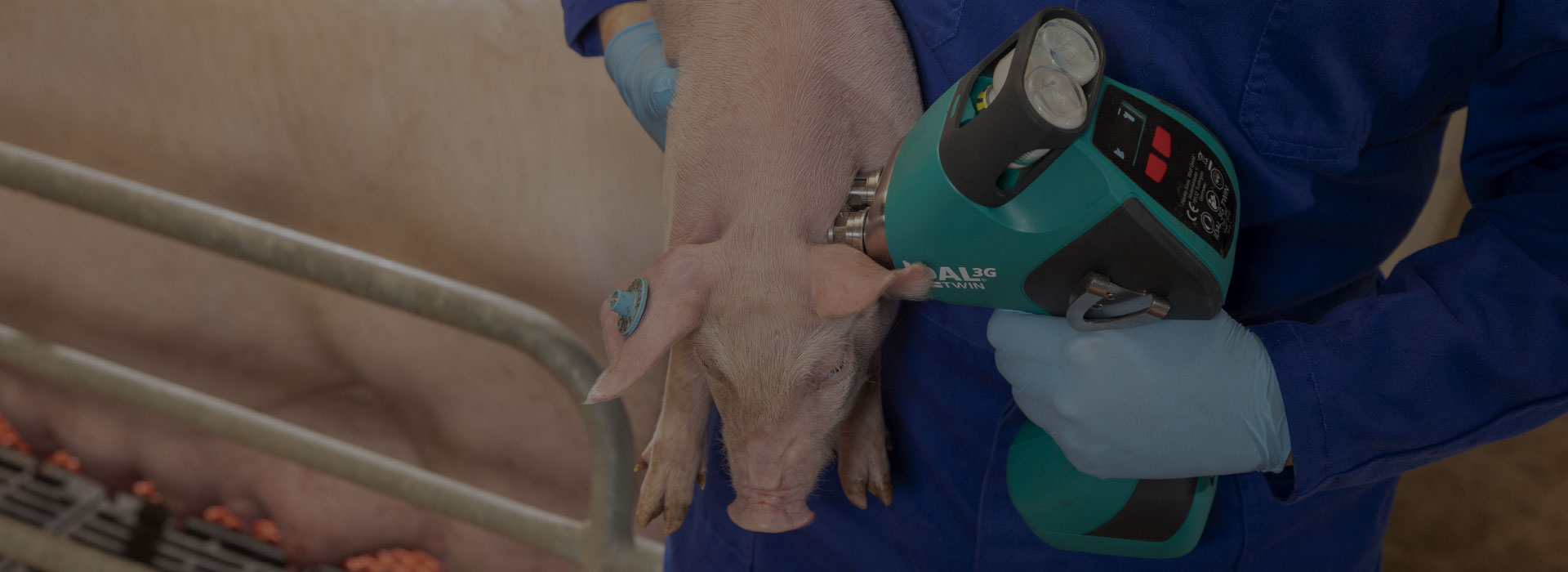
Animal welfare and needle-free vaccination
Enric Marco, Swine consultant, Marco Vetgrup, SLP (España)
From a scientific perspective, 3 conceptual frameworks should be distinguished when one tries to evaluate animal welfare (Fraser 2003):
01. Biological functioning
Needles could bend or even break, being able to get trapped inside the muscle of the pig producing pain and increasing the risk of local infection. Needle-free vaccination represents an improvement in the physical well-being of the pigs, eliminating these risks.
Moreover, by not using a needle the possibility of transmission of pathogens (such as Streptococcus suis or Glasserella parasuis) between individuals would be limited.
02. Affective state
Assuming that the needle-free vaccination system is less aggressive, it should result in a more pleasant experience and therefore improve the psychic well-being of the pig.
03. Expression of natural behavior
Taking into consideration what has been commented in the previous points, it would be logical to think that if needle-free vaccination improves physical and psychological well-being of pigs, they should behave more naturally.
Conclusions
Needle-free vaccination tools improves the well-being of pigs in each of their conceptions, being therefore a tools to take into account in our daily practice.
Examples
It has been confirmed by some studies carried out in:
- Korea:
Transdermal inoculation system reduced the incidence of lesions by almost 15% (p <0.001) and lesions were found just in the subcutaneous tissue. - Spain:
Blood levels of C-reactive protein and haptoglobin (acute phase response and muscle damage) were lower in the group of pigs vaccinated without needles.
The number of pigs showing high-pitched vocalizations and those showing retreat attempts at vaccination were count-ed:
Table 2. Percentage of pigs showing retreat attempts and high pitch vocalizations at the time of injection in the CONTROL, Intradermal (IDAL), and Intramuscular (IM) groups.
% of pigs with high pitch vocalization
7% b
7% b
32% a
% of pigs with high % of pigs with retreat ttemps
3% b
7% b
39% a
a,b Different letters indicate significant differences between treatmets (CONTROL; IDAL; IM).
To evaluate the behavior expressed by the pigs the day after being vaccinated, positive and negative social behavior, drinking, eating, exploring the corral, exploring the enrichment material (in this case: ropes), sleeping, lying ventrally and laterally, sit or stand, were controlled:
• Pigs vaccinated intramuscularly showed a decreased activity.
• Needle-free vaccination is less aggressive system.
References
1. Fraser D. Assessing animal welfare at the farm and group level: the interplay of science and values. Animal Welfare 2003, 12, 433–43.
2. Ko, E.Y.; Cho, J.; Cho, J.H.; Jo, K.; Lee, S.H.; Chung, Y.I.; Jung, S. Reduction in lesion incidence in pork carcass using transdermal needle-free injection of foot-and-mouth disease vaccine. Korean J. Food Sci. Anim. Resour. 2018, 38, 1155–1159.
3. Temple, D.; Jiménez, M.; Escribano, D.; Martín-Valls, G.; Manteca, X. Welfare Benefits of Intradermal Vaccination of Piglets. Animals 2020, 10, 1898; doi:10.3390/ani10101898

